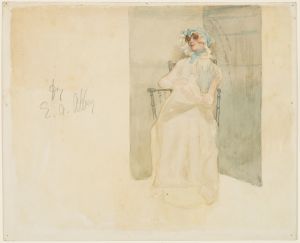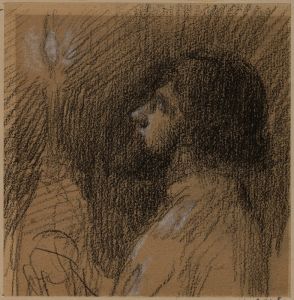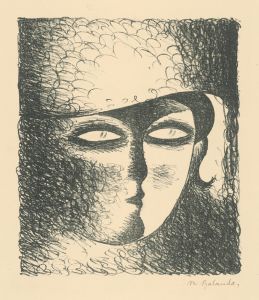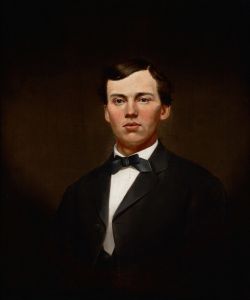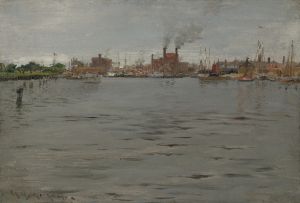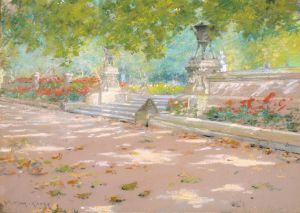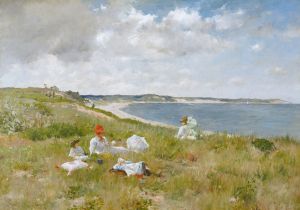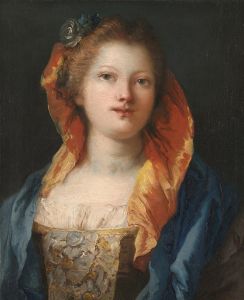
Roland
A hand-painted replica of William Merritt Chase’s masterpiece Roland, meticulously crafted by professional artists to capture the true essence of the original. Each piece is created with museum-quality canvas and rare mineral pigments, carefully painted by experienced artists with delicate brushstrokes and rich, layered colors to perfectly recreate the texture of the original artwork. Unlike machine-printed reproductions, this hand-painted version brings the painting to life, infused with the artist’s emotions and skill in every stroke. Whether for personal collection or home decoration, it instantly elevates the artistic atmosphere of any space.
William Merritt Chase was a prominent American painter known for his contributions to American Impressionism and his role as a teacher. Among his many works, "Roland" is a notable painting that exemplifies his skill and artistic style. Created in 1914, this painting is a portrait of Chase's son, Roland Chase, and is part of the collection at the Brooklyn Museum in New York.
William Merritt Chase was born in 1849 in Williamsburg, Indiana, and he became one of the leading figures in American art during the late 19th and early 20th centuries. He studied at the National Academy of Design in New York and later in Munich, Germany, where he was influenced by the European masters. Chase was known for his versatility, working in various genres including portraiture, landscapes, and still life.
"Roland" is a testament to Chase's ability to capture the essence of his subjects with a keen eye for detail and a vibrant use of color. The painting depicts Roland Chase as a young boy, seated and gazing directly at the viewer. The composition is intimate, drawing the viewer into the personal world of the subject. Chase's use of light and shadow is masterful, highlighting the boy's features and creating a sense of depth and realism.
The painting reflects Chase's Impressionist influences, particularly in the loose brushwork and the emphasis on capturing the momentary effects of light. The background is rendered with soft, blurred strokes, which contrasts with the more defined portrayal of Roland's face and clothing. This technique not only emphasizes the subject but also adds a sense of immediacy and presence to the work.
Chase's portraits are often celebrated for their psychological depth, and "Roland" is no exception. The painting conveys a sense of the boy's personality and mood, capturing a moment of introspection or contemplation. This ability to convey emotion and character is a hallmark of Chase's portraiture.
Throughout his career, Chase was also a dedicated teacher, influencing a generation of American artists. He taught at the Art Students League of New York and founded the Chase School, which later became the Parsons School of Design. His teaching emphasized the importance of observation and the study of light and color, principles that are evident in his own work.
"Roland" is a significant piece within Chase's oeuvre, not only for its artistic merit but also for its personal significance. As a portrait of his son, it offers a glimpse into the artist's private life and his affection for his family. The painting remains an important example of Chase's contribution to American art and his ability to blend traditional techniques with modern sensibilities.
In summary, "Roland" by William Merritt Chase is a compelling portrait that showcases the artist's skill in capturing the essence of his subjects. It reflects his Impressionist influences and his dedication to portraying the nuances of light and color. As part of the Brooklyn Museum's collection, it continues to be appreciated by audiences for its artistic and historical significance.






